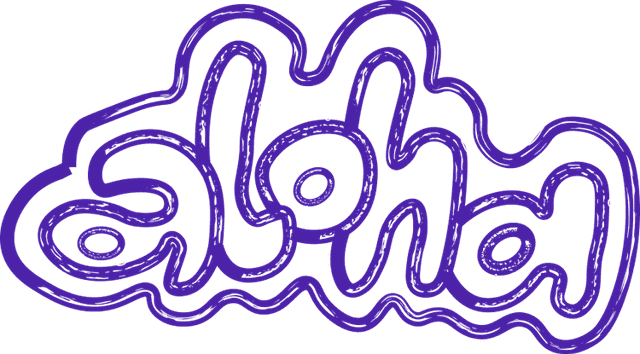
what is query optimization in databases
Query Optimization in Databases
The primary goal of query optimization is to minimize the response time of database queries and reduce the overall resource consumption. By optimizing queries, organizations can achieve faster data retrieval, improved application responsiveness, and enhanced user experience.
Query optimization involves analyzing the structure and content of queries to determine the most efficient execution plan. This plan outlines the sequence of operations required to retrieve the requested data. The optimization process considers factors such as table sizes, available indexes, and statistics on the data distribution to determine the best approach for executing the query.
One common technique used in query optimization is index utilization. Indexes are data structures that allow for faster data retrieval by creating a sorted representation of the data. By leveraging indexes, the database engine can quickly locate the relevant data, reducing the need for extensive scanning of the entire dataset.
Another key aspect of query optimization is join optimization. Joins are operations that combine data from multiple tables based on specified conditions. Optimizing join operations involves selecting the most efficient join algorithm and determining the optimal join order to minimize the number of intermediate results and reduce the overall execution time.
Furthermore, query optimization involves considering the available hardware resources and system configuration. Factors like the amount of available memory, CPU power, and disk I/O capacity can significantly impact query performance. Optimizing queries based on the hardware environment ensures that the database system utilizes the available resources effectively.
Additionally, query optimization techniques include caching frequently accessed data, leveraging parallel processing capabilities, and utilizing query rewriting and transformation. Caching involves storing the results of frequently executed queries in memory, enabling faster retrieval upon subsequent requests. Parallel processing allows queries to be executed simultaneously across multiple processors, thereby increasing throughput and reducing response time. Query rewriting and transformation involve modifying the query structure or rewriting it entirely to generate an equivalent but more efficient execution plan.
In summary, query optimization in databases is a critical process that aims to enhance the performance of database queries. By analyzing query structure, utilizing indexes, optimizing join operations, considering hardware resources, and employing various optimization techniques, organizations can achieve faster and more efficient data retrieval, leading to improved application performance and user satisfaction.
Let’s build your next digital product — faster, safer, smarter.
Book a free consultationWork with a team trusted by top-tier companies.








